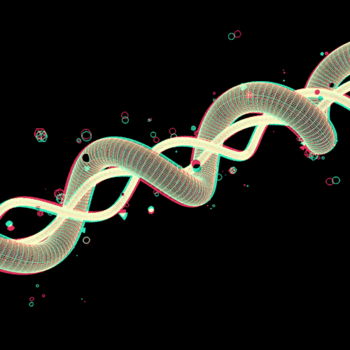How is energy from the sun distributed around Earth?
2 Answers
The energy from sun is distributed by Radiation and Convection.
Explanation:
There are several things that can happen to [the sun's] energy as it reaches our planet.
Some of the radiation is absorbed by the atmosphere, while some is reflected by the atmosphere and clouds.
The Earth's surface reflects a small percentage of the sun's energy, but the vast majority is absorbed by the surface of the Earth.
Convection is the name for a means of heat transfer, as distinguished from conduction and radiation. It is also a term that describes processes affecting the atmosphere, waters, and solid earth.
Convection requires a medium. However, in conduction the heat is transferred from one molecule to another, whereas in convection the heated fluid itself is actually moving.
As it does, it removes or displaces cold air in its path. The flow of heated fluid in this situation is called a convection current.
Convection is of two types: natural and forced. Heated air rising is an example of natural convection. Hot air has a lower density than that of the cooler air in the atmosphere above it and therefore is buoyant; as it rises, however, it loses energy and cools.
This cooled air, now denser than the air around it, sinks again, creating a repeating cycle that generates winds which help the sun's energy pass with rising and cooling temperature and also with winds.
**Source-**http://moodleshare.org/mod/page/view.php?id=3916
Plants are at the base of almost all food chains and food webs. Without this small percentage of the sun's total energy,
Earth's biosphere and living organisms would not be able to survive.
The atmosphere spreads the energy like a blanket.
Explanation:
When energy enters the earths atmosphere, part of it is absorbed the rest gets spread throughout the earth and bounces up and down from the atmosphere to the surface and vice versa, thus it is spread all around the earth.


